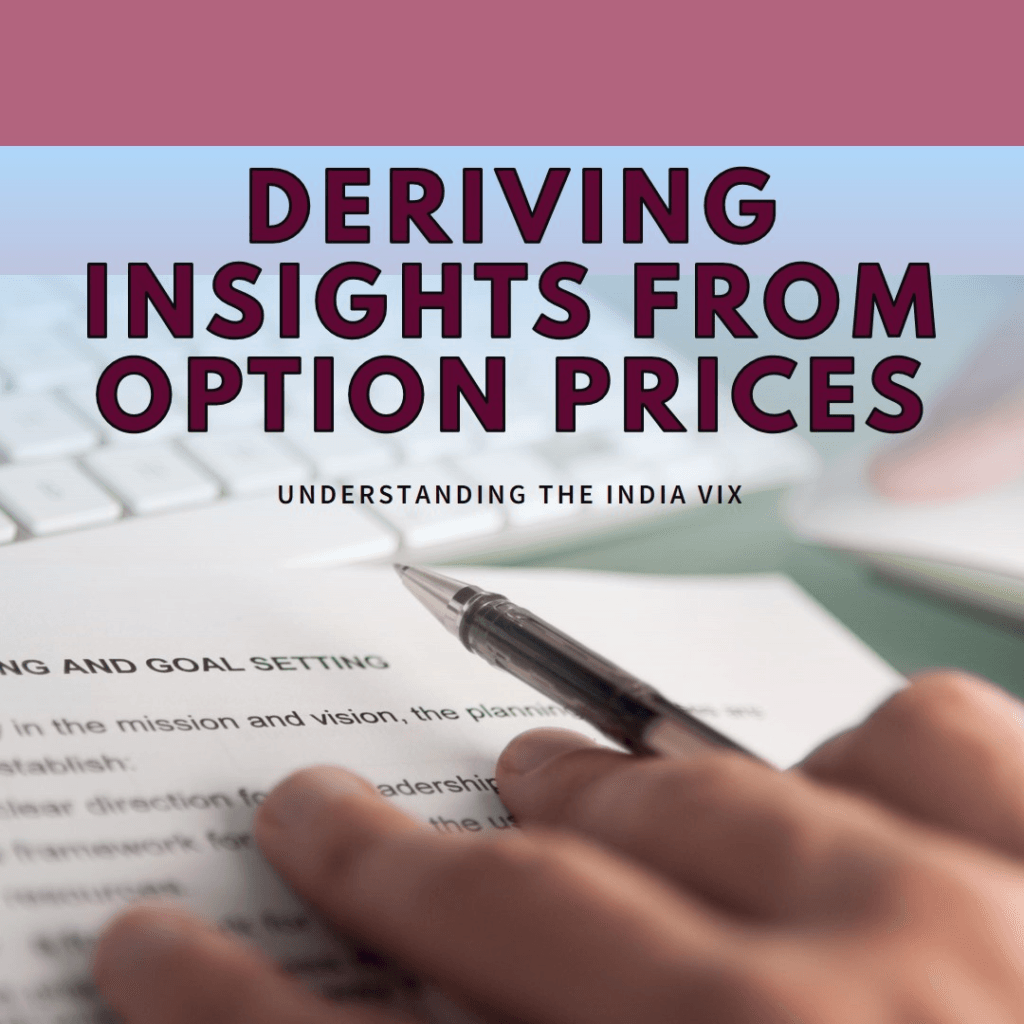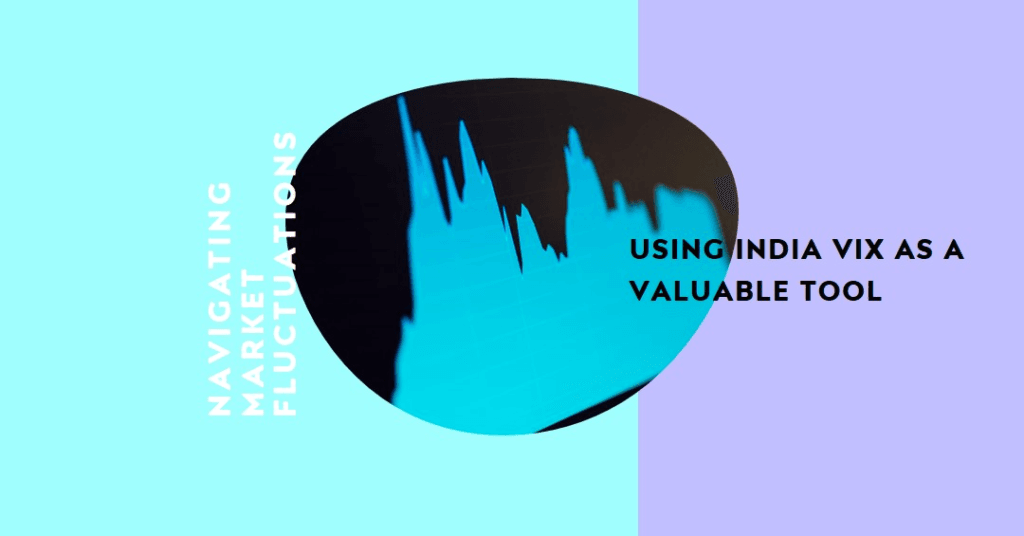
The Indian stock market, like any other, thrives on movement. However, the magnitude of that movement is a key factor for investors and traders. This is where the India VIX, often referred to as the “fear gauge,” comes into play. It serves as a critical indicator of volatility within the Indian stock market, specifically the benchmark NIFTY 50 index.
Beyond Price: Measuring Anticipated Volatility

Unlike the NIFTY itself, which tracks current stock prices, the India VIX focuses on a forward-looking metric: anticipated volatility over the next 30 calendar days. A high India VIX reading suggests that market participants expect significant price swings in the near future. Conversely, a low VIX indicates an environment with lower expected volatility and potentially smoother market movements.
Deriving Insights from Option Prices

The India VIX is not merely a speculative indicator. It is calculated using sophisticated formulas that analyze the option prices associated with NIFTY stocks. Stock options are contracts that grant investors the right, but not the obligation, to buy or sell a stock at a predetermined price by a specific expiry date. By meticulously analyzing these option prices, the India VIX captures the collective sentiment of the market regarding future volatility.
Impact on Market Participants

The India VIX plays a vital role in informing the decisions of both investors and traders:
- Investors: A high VIX reading can signal a potentially risky market environment. Long-term investors may strategically postpone entering the market until volatility subsides. They can also leverage the VIX to assess the need for hedging existing positions to mitigate risk.
- Traders: For day traders and those with shorter investment horizons, the India VIX serves as a valuable tool for navigating market fluctuations. A rising VIX suggests an increased likelihood of stop-loss levels being triggered, prompting traders to adjust their positions accordingly to manage risk.
The India VIX, in essence, does not predict the directional movement of the market. Instead, it provides valuable insights into the intensity of those movements. A high VIX reading shouldn’t necessarily be interpreted as negative news; it simply indicates that investors are anticipating a period of heightened volatility. By effectively understanding and utilizing the India VIX, market participants can make more informed investment decisions and navigate the inevitable ups and downs of the Indian stock market.
India VIX FAQs:
Q. What is the India VIX?
The India VIX, or India Volatility Index, is a measure of anticipated volatility in the Indian stock market, specifically the NIFTY 50 index, over the next 30 calendar days. Unlike the NIFTY itself, which tracks current prices, the VIX focuses on how much the market expects prices to fluctuate in the near future.
Q. How is the India VIX calculated?
The India VIX is calculated using complex formulas that analyze the prices of options contracts associated with NIFTY stocks. Options represent the right, but not the obligation, to buy or sell a stock at a certain price by a specific date. By analyzing these option prices, the VIX captures the market’s sentiment regarding future volatility.
Q. What does a high/low India VIX reading mean?
- A high India VIX indicates that investors expect significant price swings (volatility) in the coming days. This could be due to factors like economic uncertainty or upcoming major events.
- A low India VIX suggests the market anticipates a period of relative stability with smaller price fluctuations.
Q. How does the India VIX impact investors and traders?
- Investors: A high VIX might signal a riskier market, prompting them to delay entering or hedge existing positions to manage risk.
- Traders: The VIX helps traders understand the potential intensity of market movements and adjust their positions accordingly to manage risk.
Q. Can you trade the India VIX itself?
No, the India VIX is an index, not a tradable security. However, there are derivative instruments based on the VIX that can be traded.
Q. Where can I find the current India VIX value?
The India VIX value is available on the National Stock Exchange of India (NSE) website and various financial websites.
#epicinfinite #epicarticle #epicblog
What are your thoughts on the India VIX? Comment below!











